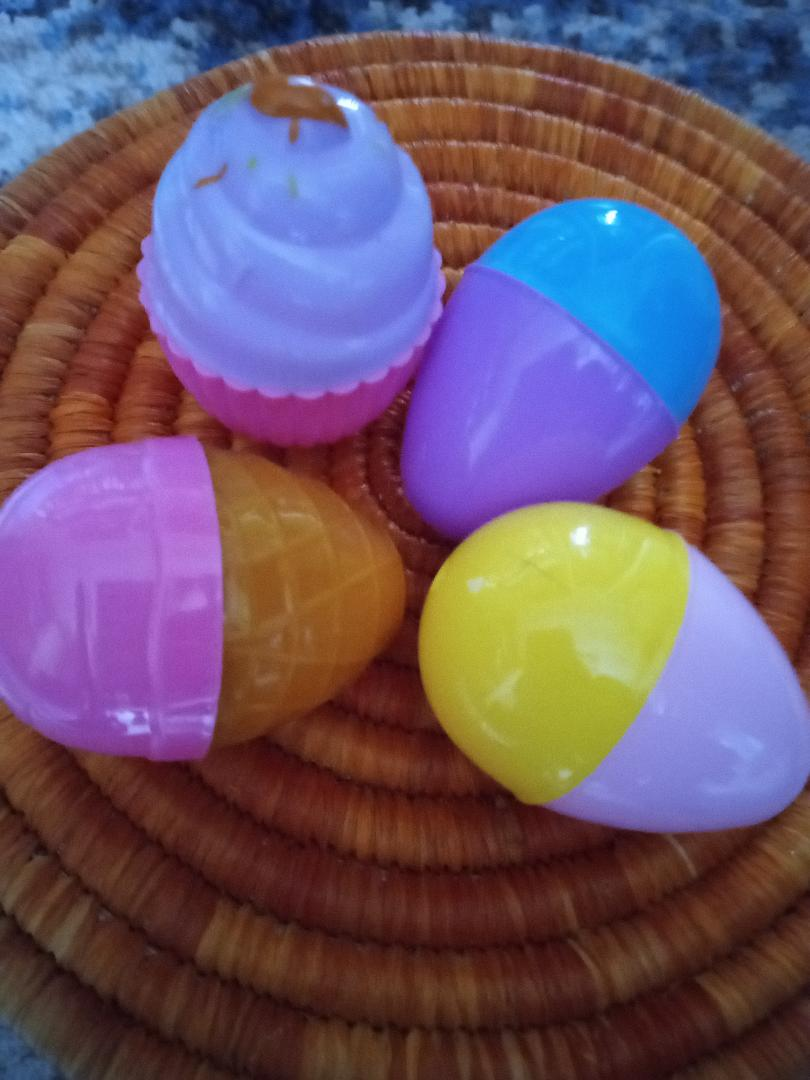Hello my friends of the Omschool (that's Omi or grama school). Raise your hand if you're sick of winter? With all the snow days in cold regions, stuck-at-home kids can get pretty bored. Well, hang on because Teacher Omi has some recycle bin cardboard crafts for kids. Use these lesson plans for Earth Month, right around the corner. Today we'll make a recycled cardboard puppet theater and and homemade puppets from all from your recycle bin! Children of all ages will love making homemade puppets and a cardboard puppet theater. Then they can write puppet plays and act them out. Homeschoolers will love these crafts because even the youngest learners can participate!
I've included links for free printable puppets (this one takes you to Picklebums; it's that a cute name?)
First School has free printable paper bag puppet patterns here.
DIY Craftsy has a bunch more paper bag puppet printables.
Visit Activity Village for all kinds of free printable puppet patterns including seasonal, holiday, animal and themed puppets.
PJs and Paint (another adorable name!) has free printable paper puppet templates.
To make the homemade cardboard puppets, you will need:
4-6 brads (also called paper fasteners) per child
narrow hole paper punch
stapler
assortment of recycled cardboard scraps in many shapes, sizes and patterns. You can use scraps from other recycled cardboard crafts and projects. There should be some plain geometric shapes and also some more complicated shapes. Each piece should be no larger than 6-8 inches in diameter and no smaller than two inches or so in diameter. There should be long, thin shapes as well as broader shapes.
inch-wide strips of cardboard (keep separate from assorted ones) for moving puppets
decorations: (these are all optional; use whatever you have available) wallpaper sample books, recycled bin paper scraps--gift wrapping paper scraps, tissue paper scraps, recycle bin construction paper scraps. recycled paper tubes, ribbon, crepe paper and yarn scraps, faux feathers and gems, glitter or glitter glue, buttons, silk flowers, pipe cleaners
markers, paint or crayons
Procedure to make homemade puppets. Children will assemble a puppet from found pieces of cardboard. Found means children must use recycled cardboard scraps as they are, no cutting or reshaping. The idea is to assemble puppets using whatever is available. Puppets may represent people, animals, fantasy creatures, aliens or even non-living things like vehicles. Our youngest son loved construction vehicles and made his puppet a personified "scooper-upper truck" (power shovel).
Kids should lay out pieces recycle bin puppets before assembling. Puppets should have at least two body parts, preferably 3-5. Cover or decorate each individual piece before assembling homemade puppets. Children may trace and cut paper to fit puppet pieces and glue paper on. They may paint or color puppet pieces. Feathers, gems, flowers or other embellishments should be attached after puppets are assembled.
Assemble puppets in this way: Attach moving parts--arms, tail, head, legs--with brads. Punch holes through the fixed and moving part of cardboard. Push fastener through and fold metal prongs back. Attach stationary parts with tape or stapler. Attach embellishments with stapler, glue or tape. Attach two recycled cardboard strips, sticks or rulers to use as handles to move the puppet.
For very little ones, make puppets as high chair crafts. Let them select pieces and decorations. An older child can assemble them and let the littles decorate with crayons and glue stick for decorations.
Children should work together in groups to create a story using incorporating each of their homemade puppets into the plot. They might even create invitations and advertising posters for their play.
Make a simple puppet theater cardboard crafts for kids from a large refrigerator box. Cut a closable flap window. Kids get inside cardboard puppet theater and animate their homemade puppets in the window. When finished store puppets in the box and close the flap. You can also make smaller puppet theater crafts for kids by cutting open a cardboard box. Stand box on table and have children stand on chair behind puppet theater. Stay tuned for more recycle bin cardboard crafts for kids.






